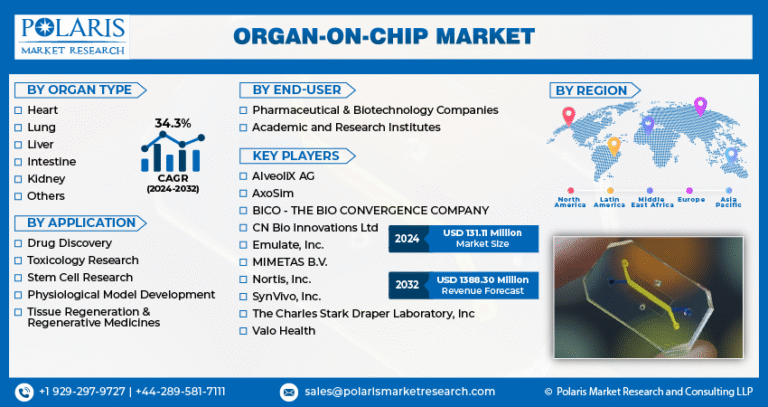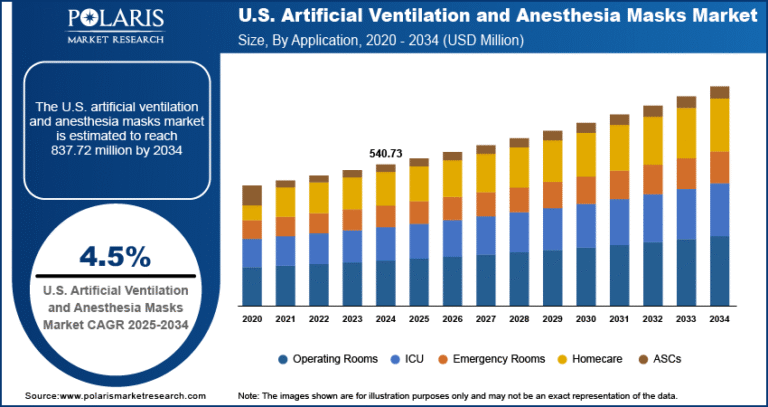Polyvinyl Chloride (PVC) Market Projected to Reach USD 12.36 Billion By 2034, Growing at a CAGR of 3.7%
The global Polyvinyl Chloride (PVC) market size was valued at USD 8.64 billion in 2024 and is projected to grow from USD 8.95 billion in 2025 to USD 12.36 billion by 2034 , exhibiting a Compound Annual Growth Rate (CAGR) of 3.7% during the forecast period from 2025 to 2034 .
- Rising Demand Across End-use Industries: The growth of the PVC market is being driven by increasing adoption in key sectors such as construction, automotive, packaging, healthcare, and electrical & electronics due to its versatility, durability, and cost-effectiveness.
- Growth in Construction and Infrastructure Development: PVC is widely used for pipes, fittings, flooring, and window profiles in residential and commercial construction. Increasing urbanization and infrastructure investments, especially in Asia Pacific and Latin America, are boosting demand.
- Expansion of Automotive Applications: The automotive industry is increasingly using PVC in interior components, wiring harnesses, and under-the-hood applications due to its lightweight and chemical resistance properties, contributing to fuel efficiency and vehicle longevity.
- Sustainability and Recycling Initiatives: Manufacturers are focusing on developing recyclable and eco-friendly PVC products to meet sustainability goals and comply with environmental regulations, particularly in Europe and North America.
- Technological Advancements in PVC Processing: Innovations in compounding, processing aids, and bio-based plasticizers are enhancing the performance characteristics of PVC, enabling its use in more demanding applications across industries.
Market Size & Forecast
- Market Size in 2024 – USD 8.64 billion
- Market Size in 2025 – USD 8.95 billion
- Projected Market Size by 2034 – USD 12.36 billion
- CAGR (2025–2034) – 3.7%
Polyvinyl Chloride (PVC) is one of the most widely used thermoplastic polymers globally, known for its excellent mechanical properties, chemical resistance, and adaptability across a wide range of applications. It is available in both rigid (uPVC) and flexible forms, depending on the addition of plasticizers, making it suitable for everything from water pipes and window frames to medical tubing and consumer goods.
The market is experiencing steady growth driven by rising construction activities, expanding automotive production, and growing demand for durable and cost-effective materials across various industrial sectors. Additionally, government initiatives promoting sustainable building materials and energy-efficient infrastructure are further supporting market expansion.
Technological innovation continues to shape the future of the PVC industry. Companies are investing in R&D to develop advanced formulations with improved thermal stability, flame retardancy, and reduced environmental impact. Strategic partnerships between polymer manufacturers and downstream industries are accelerating the adoption of PVC in new-age applications such as green buildings, electric vehicles, and smart cities. As governments promote circular economy principles and recycling initiatives, the market is expected to witness sustained growth over the coming decade.






